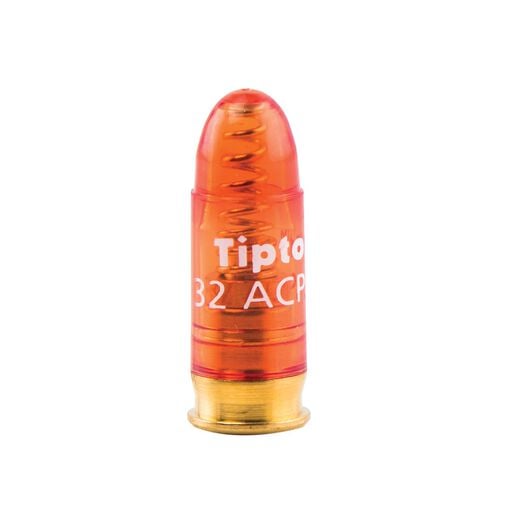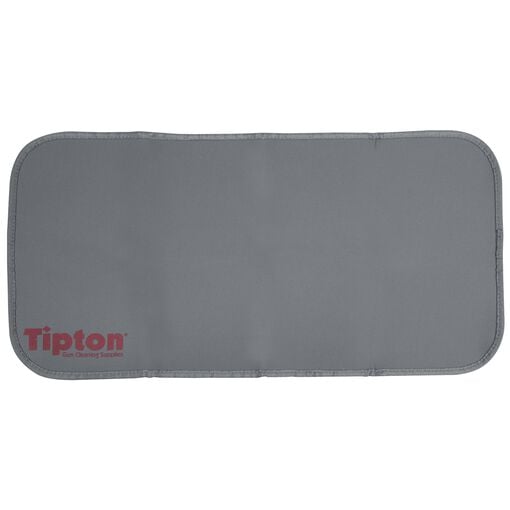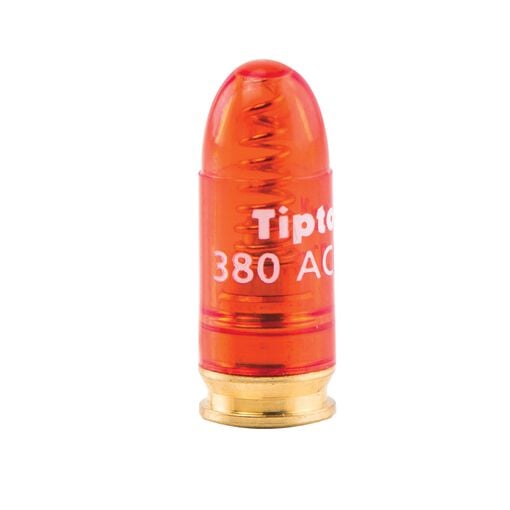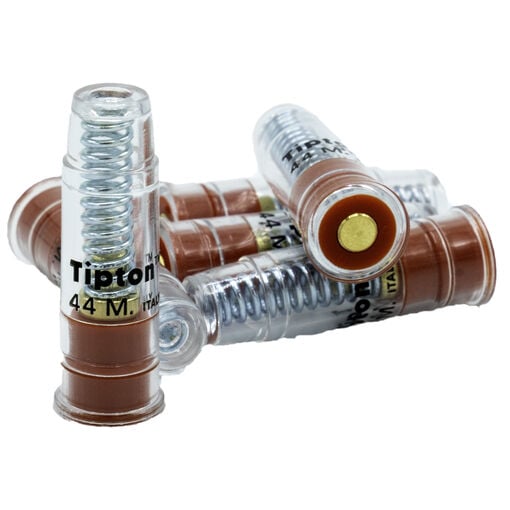We all want to be the best at backyard football, Texas hold ’em or 8-Ball at the corner bar. Whether we go to the local range shooting match or down by the railroad tracks, we want to hit what we are aiming at. That skill gives us the ability and confidence to carry our handgun every day to protect ourselves, our families and our homes. We all want to kick ass with our pistol, but very few of us have the time or resources to take class after class at the private academies across the nation. Solution? Read on.
First, if you have the resources, find a class at a reputable training facility and go in like a sponge, ready to absorb what they teach. I’ve been a cop and instructor for more than two decades and I am still learning. I will be gleaning ideas, techniques and wisdom from fellow instructors until the day I die. There is no finish line, and every new technique is a tool in my toolbox that I can pull out and apply when the time comes. But if you are starting out like I did, sharing a one bedroom apartment with two other guys on the poor side of town, you need some cheaper training ideas. Here they are.
First, you don’t need to go to the range to become a good gun handler or a good shot. Most professional competitors dry fire 10 rounds for every round of live fire. Dry fire teaches good habits. Live fire teaches bad ones like anticipation and looking at your target instead of your front sight. I graduated from my first law enforcement academy as an average shooter at best. I anticipated my shots and I milked the grip. My shots went low and left. Then I started dry firing daily and my scores went from mediocre to nearly perfect in less than a month. That’s no BS.
My first Federal job was with the Border Patrol in 1997. I was issued a Beretta Brigadier 96D .40 double action- only pistol. It was a big gun with a long trigger pull for each shot. When I arrived in San Diego, I had two snap caps, my uniform and zero disposable income. My entertainment was dry firing that pistol and ironing my uniform. My high score at the academy was 326 out of a possible 360. The first time I qualified at my station, I shot a 358. I hadn’t fired a single live round since I left the academy. It was 100 percent from dry firing.




